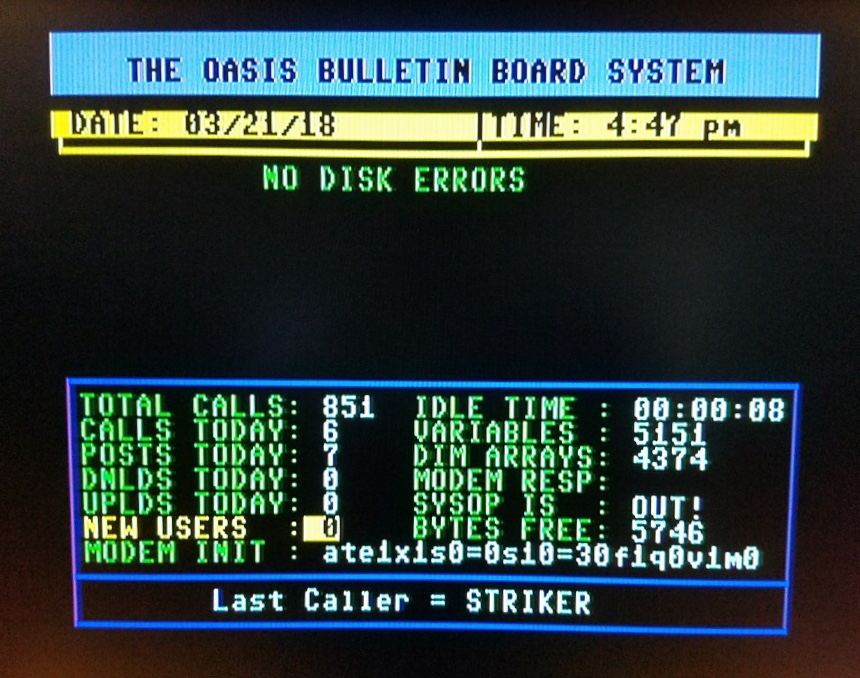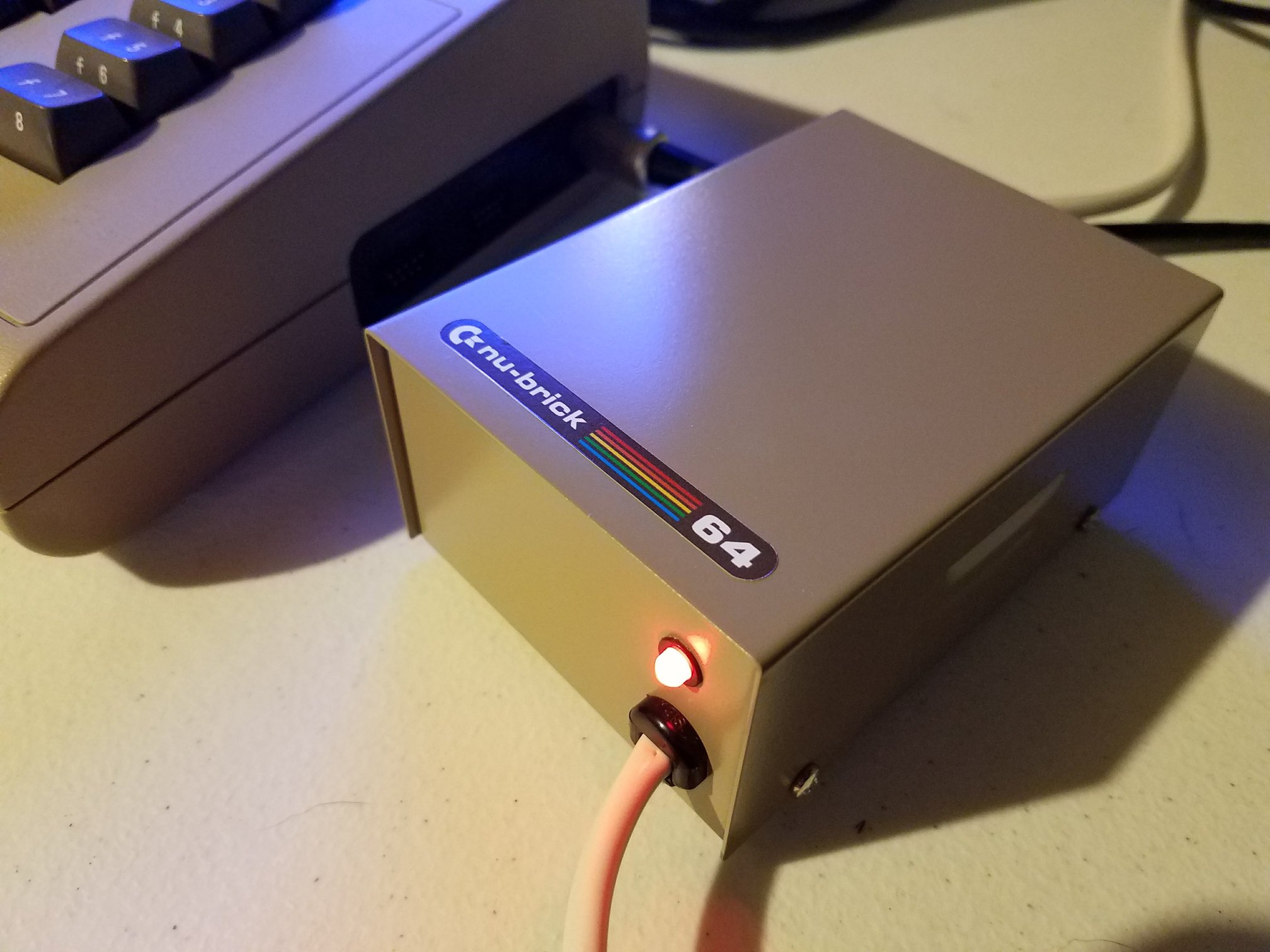Programming Redux returns with a detailed look at the recent update to the Sak 64 compiler, which now includes an internal linker. This addition solves a major limitation that affected how memory was handled in complex Commodore 64 programs.
Until now, the Sak 64 compiler relied on a single-pass bytecode generator, which worked well when memory behaved linearly. In that model, code and data could mix freely without issue. However, once graphics entered the picture, things got messy. The Commodore 64’s video chip can only access 16KB segments, which often overlap with the same memory space used by program data. The result? Chaos for any program using sprites or bitmap graphics.
To fix this, the new linker manages how memory is allocated and referenced. Instead of trying to guess where everything should go, the compiler now produces separate bytecode fragments. These fragments are handed off to the linker, which analyzes static and dynamic addresses. It then fits each fragment into memory without collisions and updates all references automatically. It’s like packing a suitcase where nothing gets crushed—or left behind.
The revised compilation process now has six stages: lexer, parser, binder, translator, generator, and linker. Each one performs a specific role, from turning characters into tokens to finally assembling all bytecode fragments into a complete program. The result is a more flexible compiler that can handle graphical and modular code far more efficiently.
The developer behind Programming Redux also teased what’s next: adding a data section to the language for static address data. It’s another step forward in improving the compiler’s ability to manage complex memory layouts on the Commodore 64.
Watch the full video to see how this upgrade reshapes the Sak 64 compiler and what it means for future development on 8-bit systems.







